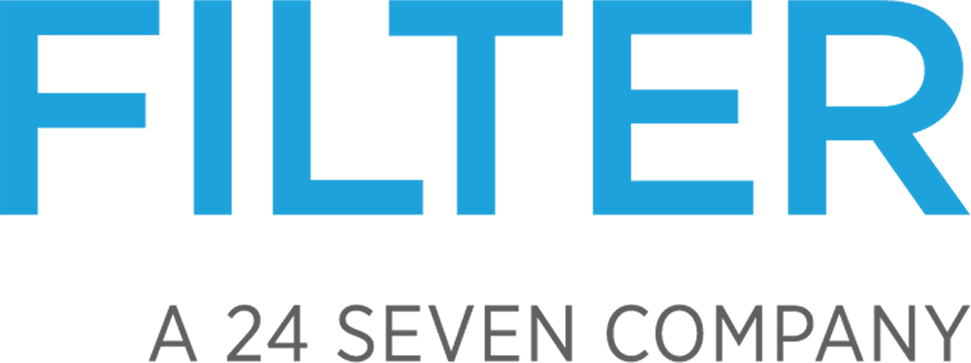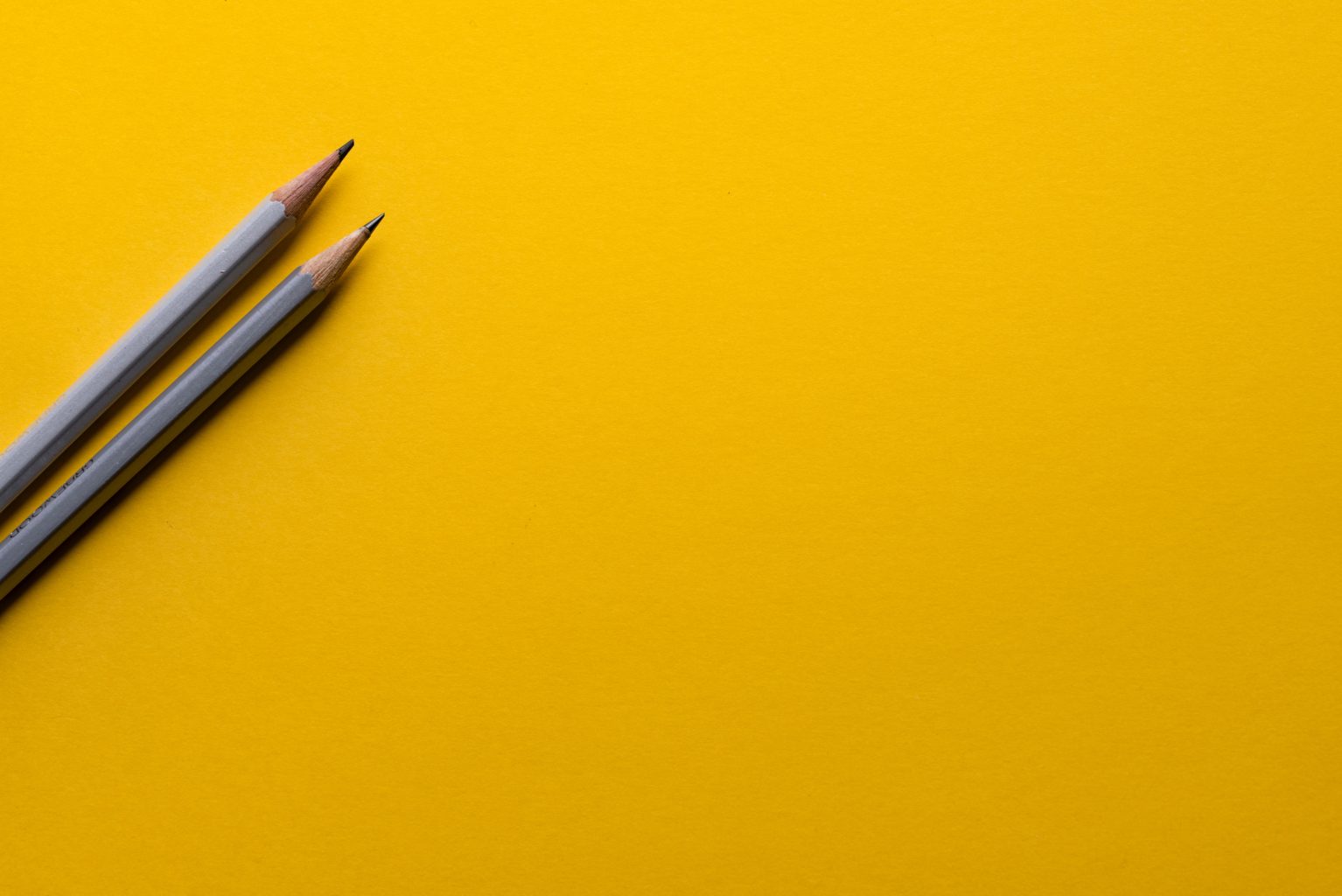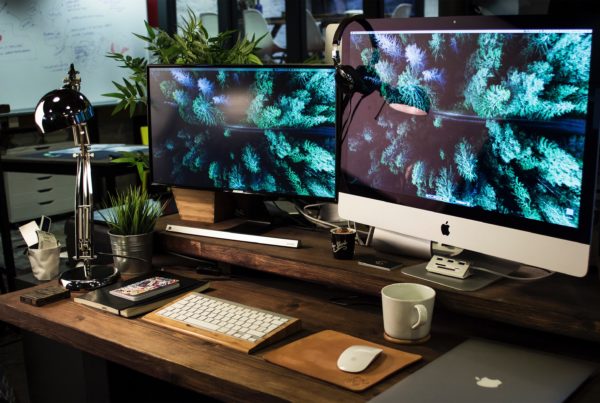In today’s crowded marketplace, the pressure is on for product owners. Successfully developing a new product, or iterating on an existing one, is no easy task, especially with many teams facing tighter budgets, shorter timelines, and limited in-house capacity. As a result, we’re seeing many companies turn to one of two solutions: short-cutting steps in the development process (yikes, don’t do that), or, more often, combining closely integrated skills — frequently UX and Visual Design — into a single role.
On paper, grouping this work together makes sense. Certainly, a great visual designer is going to have a solid understanding of UX, and vice versa. But does that baseline knowledge make them an expert across the entire product development cycle? Short answer: nope.
Still, when it comes to UX and Visual Design, many companies are focused on enlisting a single expert who can “do it all.” On the surface, combining these roles sounds like a sure-fire way to accomplish more for less while optimizing product quality — but unfortunately, that’s not typically how this strategy plays out.
Conscious Uncoupling
Because there has been so much emphasis on hybrid skill sets over the last several years, many UX and Visual Designers are positioning themselves as across-the-board experts. It’s not uncommon to see a resume that touts the candidate’s skills in everything from user research to UI design to iconography and illustration. To a product owner under pressure to get more done with less, this type of jack-of-all-trades can seem like an ideal hire.
But as Filterati Lauren Curtis points out, what you see is rarely what you get when it comes to finding a bona fide “unicorn.” Lauren, a senior UX/UI Designer with extensive experience in Visual Design, explains, “Often, if you find someone who’s great at either UX or Visual Design, they’re going to fall a bit short on one of those sides. That doesn’t mean they’re not extremely talented; it’s just that there are important differences between those two fields.”
Nearly all of us can identify the one area where we’re most engaged, productive and successful — and that’s a good thing.
“T-shaped” professionals, whose breadth of knowledge compliments their deep expertise in one main area, are the ones today’s product development teams need. As they continue to grow their skill sets, their primary focus remains on the discipline where they excel most.
Take Filterati and Art Director/Visual Designer Annie Schultz. Though Annie keeps up with important UX trends and thinks through usability issues in her design work, she isn’t seeking to add “UX” to her professional title any time soon. “I’m very interested in UX,” she explains, “but Visual Design is the ‘sweet spot’ where I really thrive. My passion for that specific area is one of the greatest assets I bring to my clients.”
Let’s say you have managed to hire a true two-in-one expert; they still can’t succeed in a silo. In order to perform at their highest level, they need to work in tandem with people who compliment and expand their professional knowledge.
“Today’s complex design initiatives take more hands and perspectives than one person can offer,” Lauren explains. “Having a blended skill set is very useful; but to get the most out of it, you need the ideas, support, and collaboration of a larger team.”
Expertise Meets EQ
Finding the right specialists for each stage of your project is a critical part of the equation. However, simply uncoupling the two roles isn’t a plug-and-play solution. To reach the finish line quickly, smoothly, and with the amazing product (and happy team) you want, you’ll need to have a people-focused strategy in place.
Here are three of the most impactful ways to set your team’s UX and Visual Designers — and your product as a whole — up for success.
1. Hire for and continue to support interdisciplinary communication.
Today’s agile development approach calls for robust collaboration between disciplines, and the bridge between UX and Visual Design is a critical one. Lauren, who works closely with several other designers and developers at Leafly, explains, “Just as important as thinking about individual skill sets is thinking about when and how these different experts need to work together.”
The rise of remote work can make this piece particularly challenging. “It’s much easier to solve certain problems and compare ideas in person,” Lauren says, “so it’s ideal to have UX and Visual Designers working in the same space, especially at the start and finish of the project. If the teams are remote, companies need to put in extra work to make that collaboration as easy as possible.”
Give your team the time and tools they need to communicate with one another — but keep in mind that it’s the individuals’ emotional intelligence and “people skills” that will ultimately determine the outcome. The UX Designer and Visual Designer (as well as developers, product owners, and other key players) should “speak each other’s languages” enough to communicate instructions, exchange feedback, and keep the process running smoothly. But ideally, beyond those basics, they should genuinely want to learn from one another.
“Whether it’s a UX Designer, a Visual Designer, or another role,” Annie says, “companies should look for people with inherent curiosity who are excited about picking up elements from neighboring fields. People with these qualities help create smarter, more holistic products — not to mention better team dynamics.”
2. Invest in Visual Design as a core asset, not an afterthought.
Visual Design is the most memorable aspect of your website or product, with 94% of first of users’ first impressions based on design elements. Still, in a market that’s now so heavily focused on usability, Visual Design is too frequently falling by the wayside. Rushing or under-investing in Visual Design often results in boring templates, off-brand looks, and forgettable experiences that undo the hard work that went into the underlying UX design.
Both Lauren and Annie emphasize that Visual Design needs greater respect as a complex discipline — that it’s not just “making the product look pretty,” and not just an extension of UX. “Both roles have ‘designer’ in their titles, and that creates some confusion,” Annie says. “But they involve very different parts of the brain, different work styles, and different talents.”
Part of the issue, Annie explains, is that the concrete value of Visual Design can be difficult to measure: “Testing for Visual Design isn’t as clear cut as it is for UX, but that doesn’t mean it’s guesswork. Effective Visual Design is very strategic and business-focused. Elements like layout, color, images and typography are critical to guiding the eye, reinforcing the brand, making the content easy to understand, and creating the emotional connection with the user.”
3. Create more overlap in the stages of the product development lifecycle.
Product development doesn’t work well as a relay race, where one specialist or team simply hands the work over to the next department and steps away. Having a process that includes communication, collaboration, and accountability checkpoints throughout the product cycle — specifically when transitioning from one phase to the next — enables teams to quickly iterate mid-stream, rather than deal with costly backtracking.
“A lot gets lost in translation when there’s no communication bridging the steps of the process,” Lauren explains. “For instance, wireframes often need to be reworked based on visual constraints. If you just move forward without resolving those issues as a team, you’ll likely end up redoing half of the work later.”
There are significant benefits to increasing the overlap between the UX and Visual Design phases. During a recent project at Varsity Tutors, for example, Annie found it extremely valuable to sit in on user interviews, a step traditionally reserved for UX designers. “Being involved in the user research humanized the customers and helped me better understand what kinds of visual components would be most helpful to them.”
And it goes both ways; Lauren explains that hearing feedback from Visual Designers early in the process can help guide the UX team in the right direction.
The Takeaway
When it comes to achieving your usability and design goals, the answer isn’t relying on one “unicorn”: it’s building and empowering a team of subject matter experts who bring out one another’s best.
Uncoupling UX and Visual Design may involve more up-front planning than your company is accustomed to — but in the long term, it can deliver the best of both worlds: deep individual expertise and a more integrated, collaborative process.







